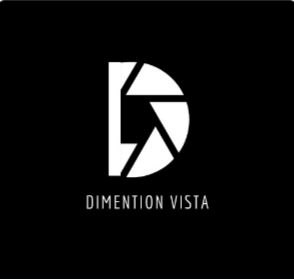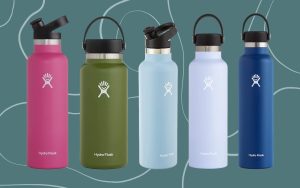Water bottles are one of the most common everyday items we use, yet their sizes and shapes can vary widely depending on purpose, material, and brand. Whether you are a fitness enthusiast, traveler, student, or just someone looking for a convenient hydration option, knowing about water bottle dimensions can help you choose the right one. From standard disposable bottles to reusable stainless steel and sports bottles, understanding the sizes ensures better storage, compatibility with cup holders, and meeting your hydration needs.
This complete guide explores different water bottle dimensions, examples, comparisons, and fun facts to give you a clear perspective.
Standard Dimensions of Water Bottles
Water bottle sizes depend on capacity, which is usually measured in milliliters (ml), liters (L), or fluid ounces (oz). Here are some of the most common dimensions:
500 ml (16.9 oz) Bottle
- Height: ~8 in (20–21 cm)
- Diameter: ~2.5 in (6.4 cm)
- Most common disposable plastic bottle size worldwide
- Fits easily in standard car cup holders
750 ml (25 oz) Bottle
- Height: ~10–11 in (25–28 cm)
- Diameter: ~2.7–3 in (7–7.5 cm)
- Popular among athletes and cyclists
1 Liter (33 oz) Bottle
- Height: ~11–12 in (28–30 cm)
- Diameter: ~3–3.2 in (7.5–8 cm)
- Suitable for long workouts or daily hydration goals
1.5 Liter (50 oz) Bottle
- Height: ~12–13 in (30–33 cm)
- Diameter: ~3.5 in (9 cm)
- Often used in large plastic bottles for family use
2 Liter (67 oz) Bottle
- Height: ~12 in (30 cm)
- Diameter: ~4 in (10 cm)
- Common for soda bottles, but also available in water form
Reusable Water Bottle Dimensions
Reusable bottles are designed differently depending on material and brand:
- Stainless Steel Bottles (500 ml): Usually ~10 in tall and slimmer compared to plastic bottles.
- Hydro Flask (32 oz / 946 ml): About 9.1 in tall with a 3.6 in diameter.
- Nalgene 1 L Bottle: 8.25 in tall and 3.5 in diameter with a wide mouth opening.
Why Bottle Dimensions Matter
- Cup Holder Fit – Standard holders fit ~2.7–3 in diameter bottles.
- Storage & Portability – Tall bottles may not fit in small backpacks.
- Hydration Goals – Larger bottles are better for long trips, smaller ones for short outings.
- Sports Use – Cyclists often use slim 750 ml bottles for easy access.
Comparison with Other Beverage Containers
- Soda Can (355 ml / 12 oz): ~4.8 in tall, 2.6 in diameter.
- Wine Bottle (750 ml): ~12 in tall, 3 in diameter.
- Coffee Cup (Tall, 12 oz): ~5.5 in tall, 3.5 in top diameter.
This shows how water bottle dimensions are designed for practical use while staying portable.
Fun Facts About Water Bottle Sizes
- The most sold bottled water size worldwide is 500 ml (16.9 oz).
- The largest commercially available water bottle can hold up to 5 gallons (~18.9 L).
- Some reusable bottles are designed to fit exactly into car holders for convenience.
- Many fitness bottles now include measurement markings to track water intake.
Conclusion
Water bottles may look simple, but their dimensions vary based on capacity, purpose, and design. The most common disposable size is 500 ml (16.9 oz), while reusable bottles range widely, from slim stainless steel options to large 2 L bottles for long trips. Understanding water bottle dimensions helps you pick the perfect bottle for daily use, workouts, travel, or family hydration.
So next time you buy or choose a bottle, remember—it’s not just about capacity, but also about how well it fits into your lifestyle.


